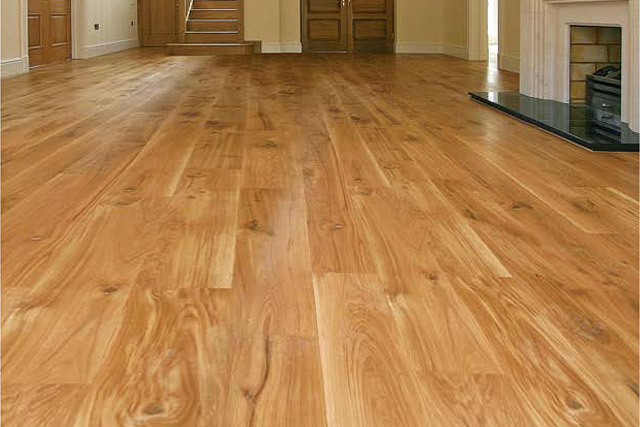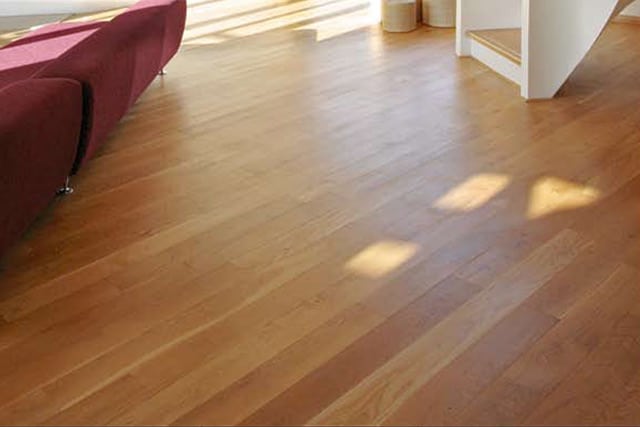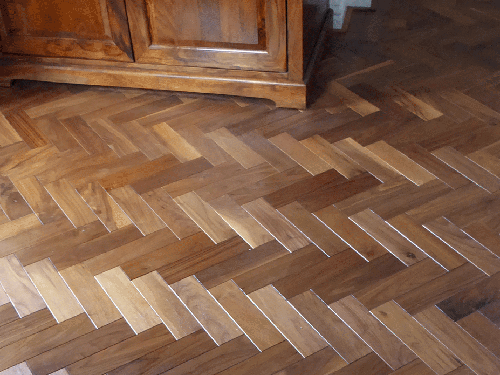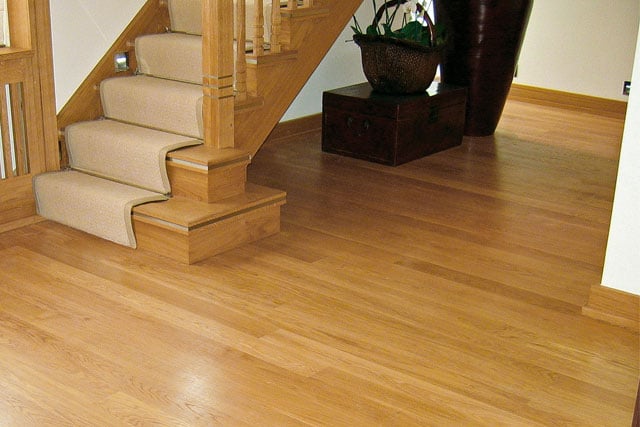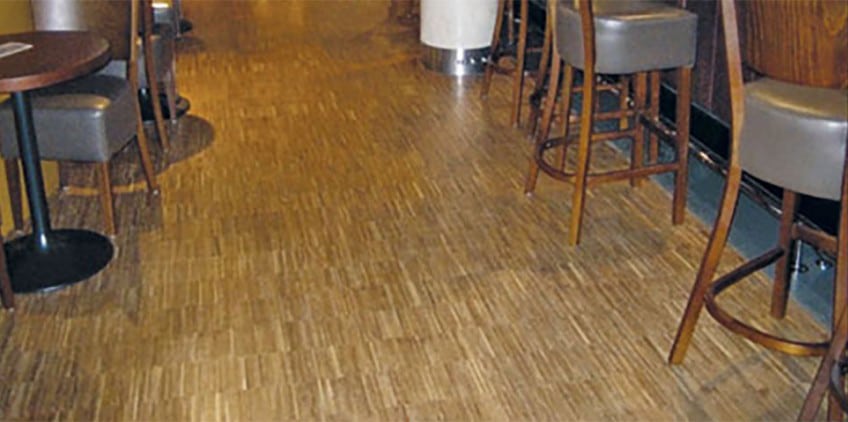If 2017 was the year parquet floors really came to the party then what developments can we expect over the next 12 months?
1. Grey hardwood flooring
The trend towards darker wood floors is one that has grown and grown, but in 2018, we expect to see a reversal of that as cooler tones, particularly greys, start to become more popular. The move away from warmer tones is one that’s already starting to emerge, with cool tones (lighter browns such as oak and greys) increasingly being preferred to reds, red/browns and even floors with yellow undertones.
Grey wood floors provide a clean, contemporary look that fits perfectly in modern houses which need a little brightening up. Although they lack the warmth of darker coloured flooring, they are easier to maintain. Grey is also becoming an increasingly popular choice for people’s walls.
2. Longer length floorboards
Wider plank flooring has seen a dramatic rise in popularity in the last decade or more, but now it is the turn of longer length hardwood floorboards, which can add a real elegance and charm to a room. Many people looking for wood floors for the first time consider the width and grade of their flooring but do not think about the length of the floorboards. However, this has a big impact on the overall look of the wood floor.
If you have a large room then longer floorboards can help to make the most of the proportions and can even make the room look bigger. However, they do tend to cost more, so as well as stretching the room, they may do the same to your budget.
3. More natural looking finishes
Satin finishes, matte finishes and flatter sheens are very much in for 2018, while glossier finishes are out. The trouble with glossier finishes is that they not only look dated, but they can also be very difficult to maintain as they show every scratch and speck of dust. Flatter finishes, on the other hand, are both stylish and practical and complement the matt paint finishes many homeowners are choosing for their walls.
4. A cleaner look
In recent years, there has been a movement towards layouts such as herringbone, chevrons, borders, diagonals and multiple widths, but in 2018, all that looks set to change as homeowners revert back to clean, simple lines. This produces fewer distractions and complements the rest of the room rather than drawing the eye away. It also reduces clutter and allows homeowners to be more adventurous with their choice of patterned rugs and throw pillows.
Hardwood flooring to suit your taste
Those are our top hardwood flooring trends for 2018. As a simple rule, we think cooler tones, a lower lustre and more subtle colours and textures is the way flooring is going, but here at UK Wood Floors, we’re happy to create stunning hardwood flooring for you, whatever your taste.
Take a look at our gallery for inspiration and if you have any questions, please get in touch with our team.




